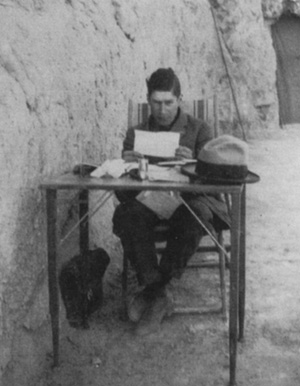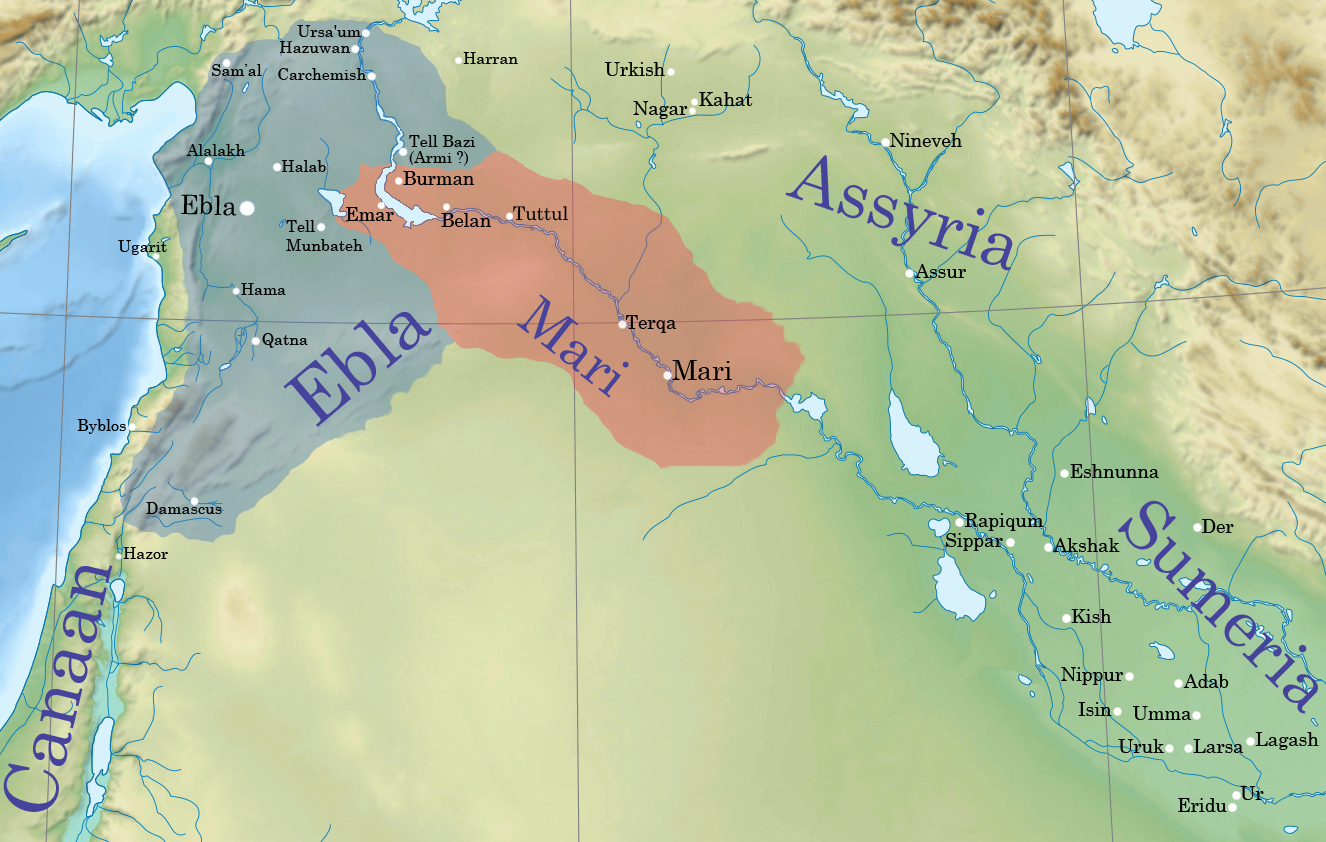|
Titris Hoyuk
Titris Hoyuk (also Titriş Höyük) is an ancient Near East archaeological site in Turkey. It lies 45 kilometers north of Şanlıurfa, near the Euphrates River valley. It is a two-period site from the 3rd millennium BC. Unlike most archaeological sites in the region, the primary focus has been on excavating non-elite, mostly domestic, areas rather than elite spaces.Nishimura, Yoko, "North Mesopotamian Urban Neighborhoods at Titris Höyük in the Third Millennium BC", Making ancient cities: space and place in early urban societies. Andrew T. Creekmore III and Kevin D. Fisher, eds, pp. 74–110, 2014 It has been suggested that the city name was Dulu in the 3rd millennium BC. History The main mound, 3.3 hectares in area and rising 30 meters above the plane, was occupied from the Chalcolithic through the Islamic periods (including the Hellenistic, Roman, and Medieval periods) and has not yet been excavated. Early Bronze The site was active in two periods. Early Bronze III In the ... [...More Info...] [...Related Items...] OR: [Wikipedia] [Google] [Baidu] |
Bronze Age
The Bronze Age is a historic period, lasting approximately from 3300 BC to 1200 BC, characterized by the use of bronze, the presence of writing in some areas, and other early features of urban civilization. The Bronze Age is the second principal period of the three-age system proposed in 1836 by Christian Jürgensen Thomsen for classifying and studying ancient societies and history. An ancient civilization is deemed to be part of the Bronze Age because it either produced bronze by smelting its own copper and alloying it with tin, arsenic, or other metals, or traded other items for bronze from production areas elsewhere. Bronze is harder and more durable than the other metals available at the time, allowing Bronze Age civilizations to gain a technological advantage. While terrestrial iron is naturally abundant, the higher temperature required for smelting, , in addition to the greater difficulty of working with the metal, placed it out of reach of common use until the end o ... [...More Info...] [...Related Items...] OR: [Wikipedia] [Google] [Baidu] |
Early Dynastic Period (Mesopotamia)
The Early Dynastic period (abbreviated ED period or ED) is an archaeological culture in Mesopotamia (modern-day Iraq) that is generally dated to c. 2900–2350 BC and was preceded by the Uruk and Jemdet Nasr periods. It saw the development of writing and the formation of the first cities and states. The ED itself was characterized by the existence of multiple city-states: small states with a relatively simple structure that developed and solidified over time. This development ultimately led to the unification of much of Mesopotamia under the rule of Sargon, the first monarch of the Akkadian Empire. Despite this political fragmentation, the ED city-states shared a relatively homogeneous material culture. Sumerian cities such as Uruk, Ur, Lagash, Umma, and Nippur located in Lower Mesopotamia were very powerful and influential. To the north and west stretched states centered on cities such as Kish, Mari, Nagar, and Ebla. The study of Central and Lower Mesopotamia has long b ... [...More Info...] [...Related Items...] OR: [Wikipedia] [Google] [Baidu] |
Şanlıurfa
Urfa, officially known as Şanlıurfa () and in ancient times as Edessa, is a city in southeastern Turkey and the capital of Şanlıurfa Province. Urfa is situated on a plain about 80 km east of the Euphrates River. Its climate features extremely hot, dry summers and cool, moist winters. About northeast of the city is the famous Neolithic site of Göbekli Tepe, the world's oldest known temple, which was founded in the 10th millennium BC. The area was part of a network of the first human settlements where the agricultural revolution took place. Because of its association with Jewish, Christian, and Islamic history, and a legend according to which it was the hometown of Abraham, Urfa is nicknamed the "City of Prophets." Religion is important in Urfa. The city "has become a center of fundamentalist Islamic beliefs" and "is considered one of the most devoutly religious cities in Turkey". The city is located 30 miles from the Atatürk Dam, at the heart of the Southeast Anatol ... [...More Info...] [...Related Items...] OR: [Wikipedia] [Google] [Baidu] |
Urfa Museum Relief From Titriş Höyük - Black Stone Bronze Age 4855
Urfa, officially known as Şanlıurfa () and in ancient times as Edessa, is a city in southeastern Turkey and the capital of Şanlıurfa Province. Urfa is situated on a plain about 80 km east of the Euphrates River. Its climate features extremely hot, dry summers and cool, moist winters. About northeast of the city is the famous Neolithic site of Göbekli Tepe, the world's oldest known temple, which was founded in the 10th millennium BC. The area was part of a network of the first human settlements where the agricultural revolution took place. Because of its association with Jewish, Christian, and Islamic history, and a legend according to which it was the hometown of Abraham, Urfa is nicknamed the "City of Prophets." Religion is important in Urfa. The city "has become a center of fundamentalist Islamic beliefs" and "is considered one of the most devoutly religious cities in Turkey". The city is located 30 miles from the Atatürk Dam, at the heart of the Southeas ... [...More Info...] [...Related Items...] OR: [Wikipedia] [Google] [Baidu] |
Chalcolithic
The Copper Age, also called the Chalcolithic (; from grc-gre, χαλκός ''khalkós'', "copper" and ''líthos'', "stone") or (A)eneolithic (from Latin '' aeneus'' "of copper"), is an archaeological period characterized by regular human manipulation of copper, but prior to the discovery of bronze alloys. Modern researchers consider the period as a subset of the broader Neolithic, but earlier scholars defined it as a transitional period between the Neolithic and the Bronze Age. The archaeological site of Belovode, on Rudnik mountain in Serbia, has the world's oldest securely dated evidence of copper smelting at high temperature, from (7000 BP). The transition from Copper Age to Bronze Age in Europe occurred between the late 5th and the late In the Ancient Near East the Copper Age covered about the same period, beginning in the late and lasting for about a millennium before it gave rise to the Early Bronze Age. Terminology The multiple names result from m ... [...More Info...] [...Related Items...] OR: [Wikipedia] [Google] [Baidu] |
Tell Brak
Tell Brak (Nagar, Nawar) was an ancient city in Syria; its remains constitute a tell located in the Upper Khabur region, near the modern village of Tell Brak, 50 kilometers north-east of Al-Hasaka city, Al-Hasakah Governorate. The city's original name is unknown. During the second half of the third millennium BC, the city was known as Nagar and later on, Nawar. Starting as a small settlement in the seventh millennium BC, Tell Brak evolved during the fourth millennium BC into one of the biggest cities in Upper Mesopotamia, and interacted with the cultures of southern Mesopotamia. The city shrank in size at the beginning of the third millennium BC with the end of Uruk period, before expanding again around c. 2600 BC, when it became known as Nagar, and was the capital of a regional kingdom that controlled the Khabur river valley. Nagar was destroyed around c. 2300 BC, and came under the rule of the Akkadian Empire, followed by a period of independence as a Hurrian city-state, ... [...More Info...] [...Related Items...] OR: [Wikipedia] [Google] [Baidu] |
Tell Mardikh
Ebla (Sumerian language, Sumerian: ''eb₂-la'', ar, إبلا, modern: , Tell Mardikh) was one of the earliest kingdoms in Syria. Its remains constitute a Tell (archaeology), tell located about southwest of Aleppo near the village of Mardikh. Ebla was an important center throughout the and in the first half of the Its discovery proved the Levant was a center of ancient, centralized civilization equal to Ancient Egypt, Egypt and Mesopotamia and ruled out the view that the latter two were the only important centers in the Ancient Near East, Near East during the Early Bronze Age. The first Eblaite kingdom has been described as the first recorded world power. Starting as a small settlement in the Early Bronze Age ( ), Ebla developed into a trading empire and later into an expansionist power that imposed its hegemony over much of northern and eastern Syria. Ebla was destroyed during the It was then rebuilt and was mentioned in the records of the Third Dynasty of Ur. The ... [...More Info...] [...Related Items...] OR: [Wikipedia] [Google] [Baidu] |
Canaanean Blade
A Canaanean blade is an archaeological term for a long, wide blade made out of stone or flint, predominantly found at sites in Israel and Lebanon (ancient Canaan). They were first manufactured and used in the Neolithic Stone Age to be used as weapons such as javelins or arrowheads. The same technology was used during the later Chalcolithic period in the production of broad sickle A sickle, bagging hook, reaping-hook or grasshook is a single-handed agricultural tool designed with variously curved blades and typically used for harvesting, or reaping, grain crops or cutting succulent forage chiefly for feeding livestock, ei ... blade elements for harvesting of crops. Canaanean blades were also used in the threshing of cereal grains. This indicates the presence of early agricultural technologies. The blades would be attached to a small wooden platform with bitumen. The platform, with a human or other weight standing on it, was then pulled behind an animal across a threshing floor. Th ... [...More Info...] [...Related Items...] OR: [Wikipedia] [Google] [Baidu] |
Shu-durul
Shu-turul (Shu-durul, , ''shu-tur2-ul3'') was the last king of the Akkadian Empire, ruling for 15 years according to the Sumerian king list. It indicates that he succeeded his father Dudu. A few artifacts, seal impressions etc. attest that he held sway over a greatly reduced Akkadian territory that included Kish, Tutub, and Eshnunna. The Diyala river also bore the name "Shu-durul" at the time. Sumerian King List The king list asserts that Akkad was then conquered, and the hegemony returned to Uruk following his reign. It further lists six names of an Uruk dynasty; however none of these six rulers has been confirmed through archaeology. The actual situation of Akkad's collapse, from all evidence outside the king list, is that it was brought about directly by the Gutians, who had established their capital at Adab, though several of the southern city-states such as Uruk, Ur and Lagash also declared independence around this time. Inscriptions A few inscriptions in his name ... [...More Info...] [...Related Items...] OR: [Wikipedia] [Google] [Baidu] |
Urfa Museum Idols From Titriş Höyük - Bronze Age 4855
Urfa, officially known as Şanlıurfa () and in ancient times as Edessa, is a city in southeastern Turkey and the capital of Şanlıurfa Province. Urfa is situated on a plain about 80 km east of the Euphrates River. Its climate features extremely hot, dry summers and cool, moist winters. About northeast of the city is the famous Neolithic site of Göbekli Tepe, the world's oldest known temple, which was founded in the 10th millennium BC. The area was part of a network of the first human settlements where the Neolithic Revolution, agricultural revolution took place. Because of its association with Jewish history, Jewish, History of Christianity, Christian, and History of Islam, Islamic history, and a legend according to which it was the hometown of Abraham, Urfa is nicknamed the "City of Prophets." Religion is important in Urfa. The city "has become a center of fundamentalist Islamic beliefs" and "is considered one of the most devoutly religious cities in Turkey". The city ... [...More Info...] [...Related Items...] OR: [Wikipedia] [Google] [Baidu] |





